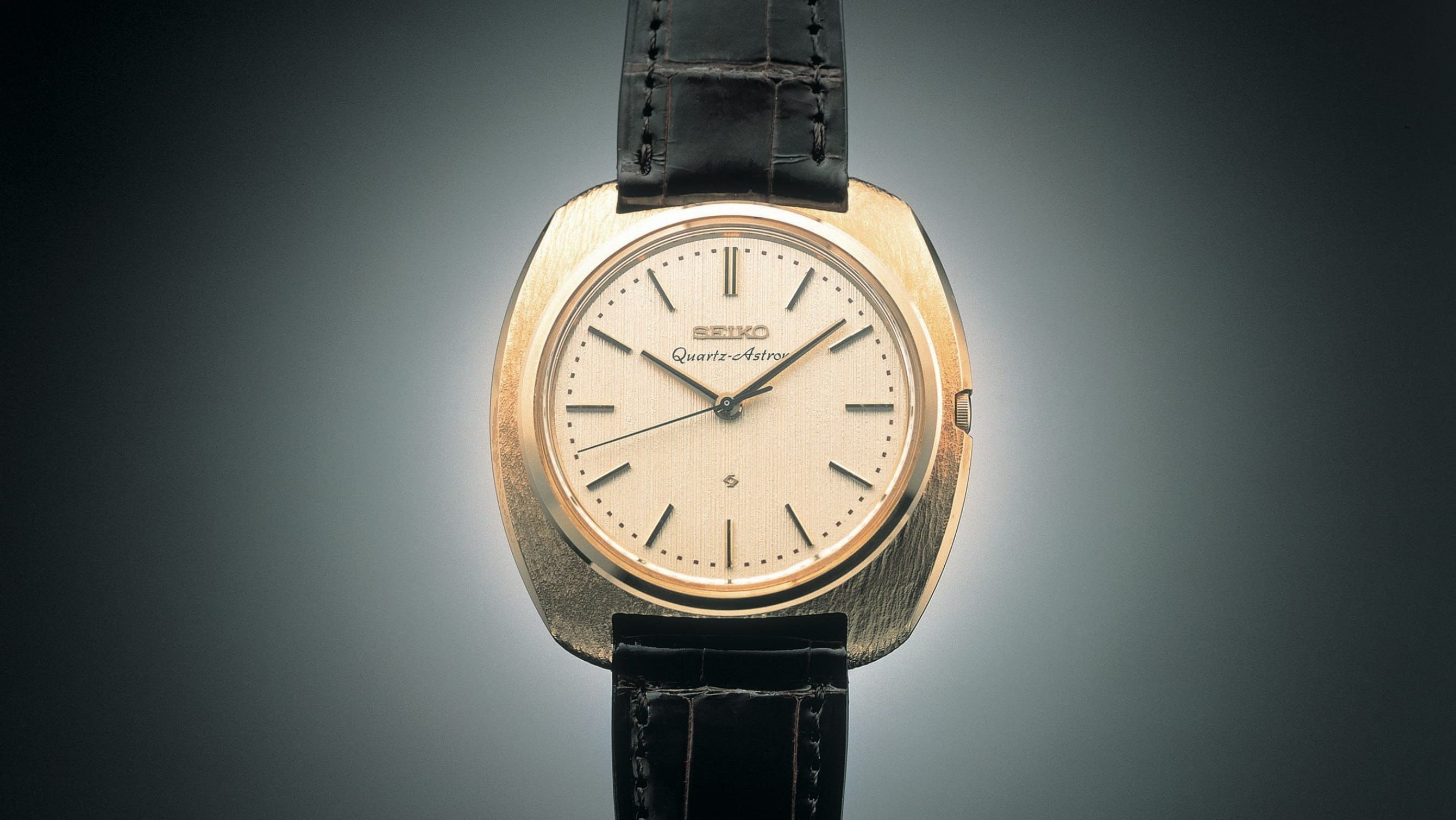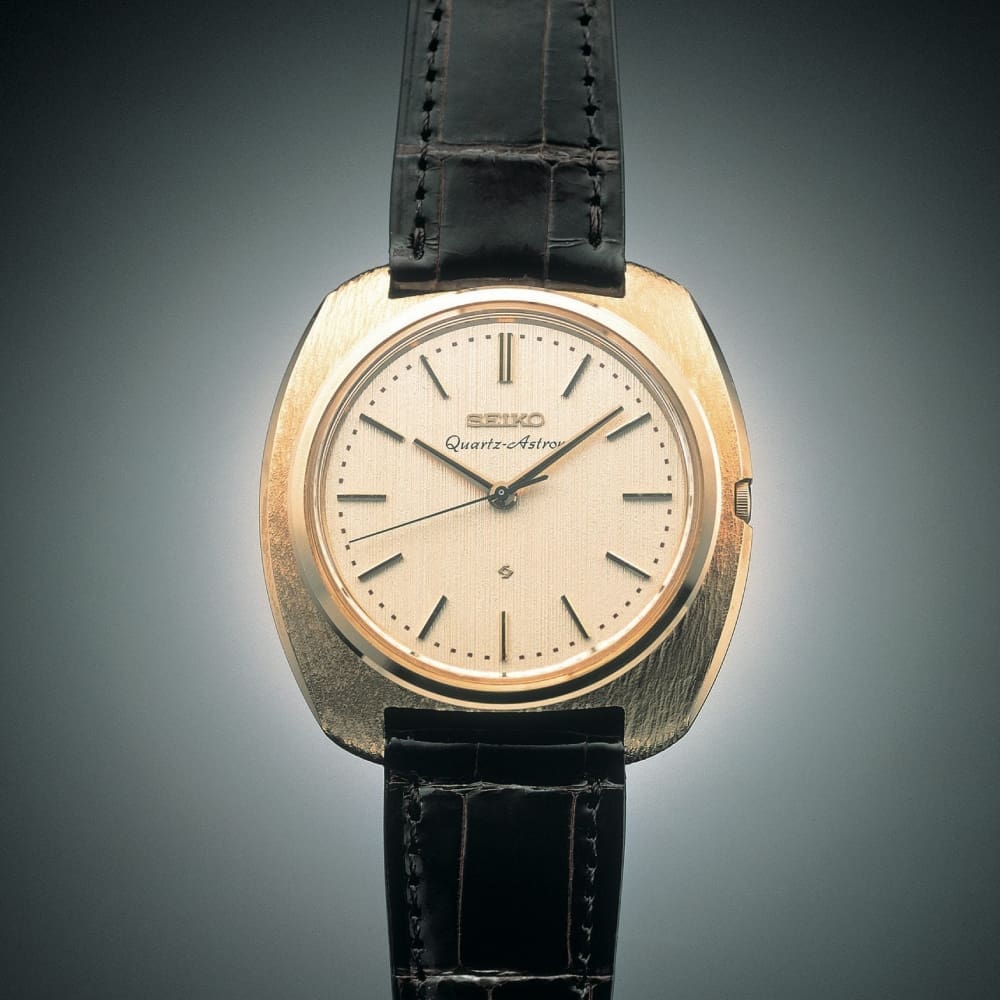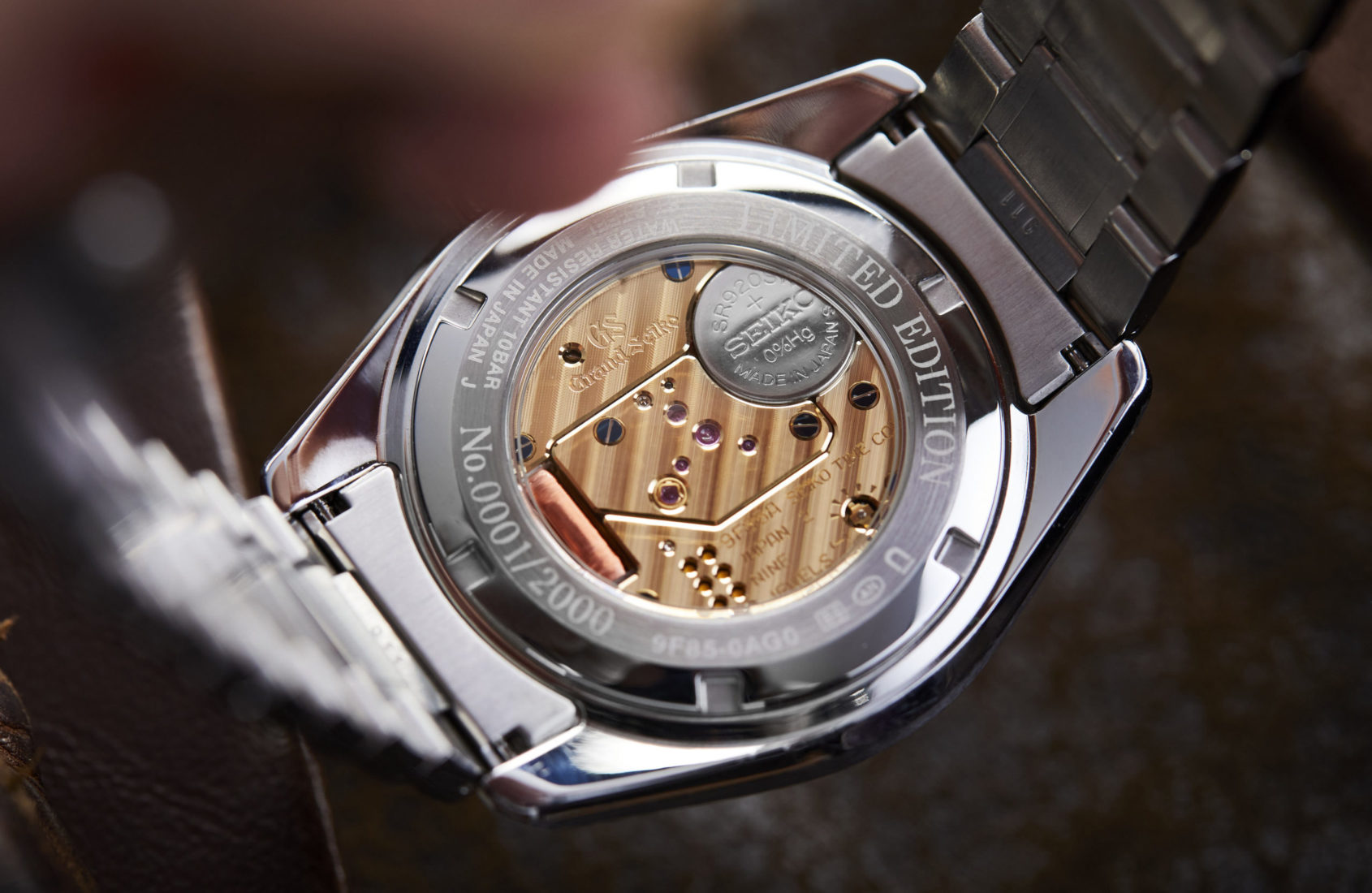WHAT IF… The quartz crisis never happened?
Borna BošnjakLikely the most significant horological event of the previous century, the quartz crisis (or revolution, depending on which side you stood), not only signalled the beginning of the end for many smaller watch manufactures, but also influenced the way we look at watches to this very day. Quartz is often looked down upon, and incorrectly so if I may add, as the lesser technology, and any notion of a quartz watch being remotely collectible for its internals is mostly unheard of, save for the tastes of the most die-hard enthusiasts. Though the writing was seemingly on the wall for mechanical movements, they were saved by the vanity of man, and the gravitational appeal of luxury. I shouldn’t poke too much fun, though, it is kind of what I do these days, though it did leave me wondering – what if there was never a quartz crisis in the first place? I concede that this would require a significant shift in not just horological history, though, for the purpose of this thought experiment, bear with me. Here are three (im)plausible scenarios.
Collectible quartz?
To simplify things further, and maybe not deviate so much from the course of history, let’s say that quartz watches did exist, but just never took off the way they did. I know what you’re thinking – I brought this up only to make proving this scenario easier. You’re only partially correct. Assuming that technology would not progress in such a way is a bit too far-fetched, considering that the Curie brothers discovered the piezoelectric properties of quartz way back in the late 1800s, some 100 years before the first quartz watch. Bell had the first quartz clock by 1927, with further refinements dependent on the development of semiconductor technology, and more importantly, affordable semiconductor technology.
Enter the Seiko Astron on Christmas Day of 1969. Omega had launched one of the best watch marketing strategies in history and gone to the Moon in the summer of that same year, while Seiko was working away on a watch that would revolutionise wristwatches as we know them. Well, what if they got it wrong? The Astron 35SQ came in a solid gold case measuring 36mm, priced at ¥450,000 – equivalent to an average-sized car. Rather than jump on this new trend, the masses decided that mechanical is the way to go, with manufacturers’ promises of tighter tolerances and better accuracy.
With little support from the public, and Swiss competition focused on absolutely perfecting the mechanical escapement rather than working on the Beta 21, the Astron dwindles into obscurity, and the quartz movement with it. Fast-forward 50 years, Gérald Genta’s Polerouters are everywhere, Nicolas Hayek is working as an actuary, and the term “integrated bracelet” has not been coined yet. Quartz watches do exist, though they’re reserved for those wishing the absolute highest precision from their choice of wristwear, and willing to reach deep into their pockets. #BetaTuesday and #QuartzFam plague Facebook groups, and original Astrons dominate auction lots – there’s word Paul Newman might’ve even worn one.
The question of luxury
Even with another, superior, technology around, mechanical watches were never likely to lose their luxurious appeal. Mechanical movements certainly can be made on a production line, and if quartz watches never really took off, those costs would plummet even sooner than they did. Just think back to those pin-lever escapement movements from the ’60s and ’70s, sporting a single, lonely jewel. It was as crude as crude could get. Give such technology another 50 years to advance, without the need to compete with quartz, and I wonder how cheap a mechanical movement could truly get.

Having said that – even with those movements around, it never stopped companies like Patek Philippe from producing the finest split-seconds chronographs, or artisans like George Daniels from developing brand new technologies. I think it’s safe to say there would be plenty of price-on-request-listed pieces around.
Other technologies

If not quartz, how about something else? Electrification was clearly afoot, with people figuring out how to power stuff with electrons, so surely someone would’ve thought to do the same with a watch. Enter the electromechanical era – an oft-forgotten horological period during the 1950s which saw Elgin and Lip continue their pre-WWII work on this technology, as well as the Hamilton Electric 500 – the world’s first electric watch. The Electric 500 used a movement with no mainspring, rather being powered by a large balance wheel that swung past magnets, inducing a magnetic field which keeps the balance beating, but also provides current from a contact on the balance hub. Unlike the quartz oscillator watches that came later, the Hamilton proved to be hugely unreliable, but I do wonder how far this technology could get if Hamilton didn’t come across issues like infringing on patents and a rushed production schedule.

The watch that ended Hamilton’s chances was Bulova’s humming Accutron, driven by a magnetically powered tuning fork attached to a battery-powered circuit that would index the fork’s oscillations and result in a perfectly smooth sweep of the second hand. Such movements are still used today, albeit being reserved to Bulova’s luxury-oriented Accutron brand.
While quartz may have been the natural progression from these technologies, I can’t help but wonder whether we’d end up in the dawn of the smartwatch era had the quartz crisis never happened. Maybe, but your Apple Watch would constantly emit an eerie hum.







